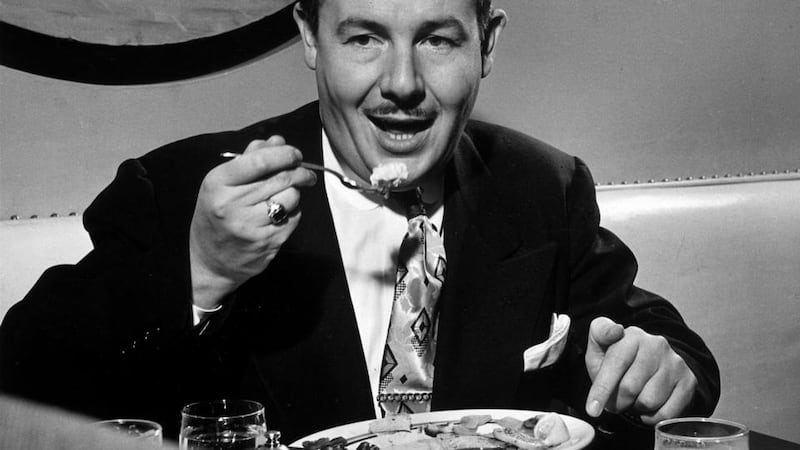What was the first thing you bought on a credit card (if, like half of Irish adults, you have one)?
What is said to be the first credit card transaction was made 65 years ago, on February 8th, 1950, to pay for a dinner. Unsurprisingly, it was made in the US. It was a Diners Club card, a concept created by Ralph Schneider and Frank McNamara; there had been charge cards that could be used at one specific business before, but this was the first card that could be used at multiple locations.
According to Ipsos MRBI, most of the holders of credit cards in Ireland are older than over 35. While three-quarters of us claim to pay off our bills in full at the end of each month, in reality this is not the case, it says.

I never wanted to own a credit card. The notion of buying on credit doesn’t excite me; it scares me. I was well into my 30s before I reluctantly got one. It was the only way I could pay for a plane ticket once travel agents more or less got bypassed by the internet.
Since then, flights remain the thing I buy most with my card. I am one of those boring people who pay off the card in full every month, and, apparently as a result of this, over time the bank has continued to raise my credit maximum, which makes no sense to me: why would a bank offer you increasingly large sums of credit when it is clear you rarely use your card? Anyway, there is a small part of me that likes knowing I could become uncharacteristically reckless and spontaneous with money some day if I saw something I really wanted – but only a small part.
But surely that’s the whole point of credit cards: they’re not about convenience for the customer at all, they’re about exploiting that part of us that can be tempted and exploited.
Tales of excess
In 1995, Eli Broad, an American businessman who made his fortune in insurance and savings, used his American Express card to buy a pop-art painting by Roy Lichtenstein at a Sotheby's auction for $2.5 million as a gift for someone else. What's wrong with a cheque? Maybe he did it for the air miles. He racked up gazillions of them with that transaction. Broad wrote about buying the painting in his memoir, the title of which says a lot: The Art of Being Unreasonable: Lessons in Unconventional Thinking.
The most extravagant thing I have ever reported on came to light on a story about debt. I interviewed people working at a Money and Budgeting Services office, which offers help to people in financial difficulty. I asked for some examples of credit card debt. One woman said she had had a client who bought a new car on his card. He was now deep in debt.
I came away wondering who bore the responsibility. The onus is on bar owners to refuse to serve alcohol to someone who is very drunk. In this case, should the person selling the car to a customer have told him what a bad idea it was to buy it on a credit card? But whatever was said or not said, the car was duly bought on a card, and the customer ended up paying for it in all sorts of ways, including the possibility of losing his house.
Dream purchases
Credit is probably never going to go away. What’s also pretty certain is that we are never going to see an ad that features people struggling to pay their credit card bills. What we are shown instead is the start of the journey towards using a card: ads showcasing aspirations: the sunny holiday destination, the jewellery, champagne, clothes, happy families looking happy in far-flung places.
One ad, for Mastercard, tries hard to pretend that they’re not really interested in selling credit at all. The message is that nothing beats the “priceless” experience of people hugging their children/partners/parents; but “for everything else, there’s Mastercard”. And if you really love the people in your life, you really should be spending lots of money on them, is the unsubtle message.
I wonder if the people who owned those first credit cards, 65 years ago, had the same lurking worry that most people have who own a card now: theft. There’s something compelling about horror stories of stolen cards.
This one is my favourite. In 2010, a New York juror in a case in the Bronx stole another juror’s card. During lunchtime, she headed off shopping with the card, later coming back to the courtroom to do her jury duty, and stowing the bags of shoes and clothing under the desk.
She was found out when her fellow juror noticed three things: that his card was missing, that there were transactions for women’s clothing and shoes he hadn’t made, and that the bags near his feet came from those very shops where the items had been bought. And the case these jurors were serving on? A burglary that involved a stolen credit card.








